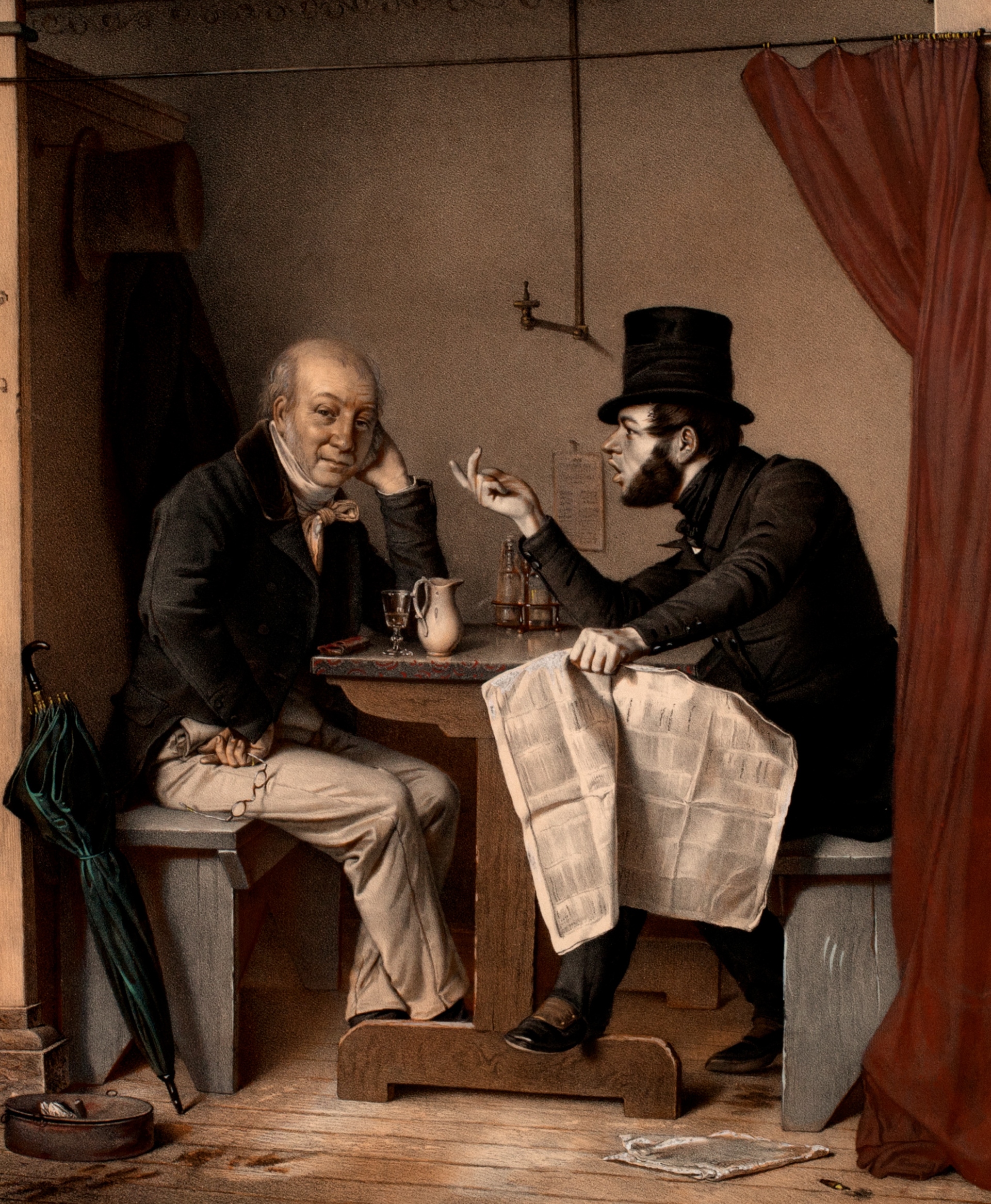The history of America has always been intimately entwined with the history of communications media—and that has always been changing. This exhibition broadly explores the interconnectedness of American news media, in all its formats, with changes in technology, business, politics, society, and community from 1730 to 1865.
Today, mass media and social media infuse every aspect of our lives. New digital technologies have disrupted traditional forms of print, radio, and television and transformed not only how we communicate with one another, but how we participate in the economy, community, and civic life. The Internet has dramatically changed how we produce, share, and consume media content, including the news. Now anyone with a smartphone can be a journalist and any website a television channel.
What is not new, however, is ordinary people’s use of media—including news media—to understand their world, shape events within it, and define and create themselves. The term “media” is, of course, anachronistic: It is our word, not theirs. But current ideas about media may have value in the study of early American communication forms and networks. The media of news are, to borrow Marshall McLuhan’s memorable phrase, “extensions of man,” tools for reaching out and grasping the world. And news has always involved the medium as well as the message, to borrow another McLuhan distinction. It makes a difference whether the message is oral, written, or printed—or, in our time, broadcast or delivered digitally to a mobile phone. This exhibition will explore how news and public information, in all its various forms, fit into the public and private lives of the American people from 1730 through the Civil War.
